iPhone 17 Pro Max vs iPhone 15 Pro Max: All the major differences explained
With a longer battery life, faster charging and a tweaked camera, does the iPhone 17 Pro Max offer enough reasons for 15 Pro Max owners to upgrade?...
We may earn a commission if you make a purchase from the links on this page.
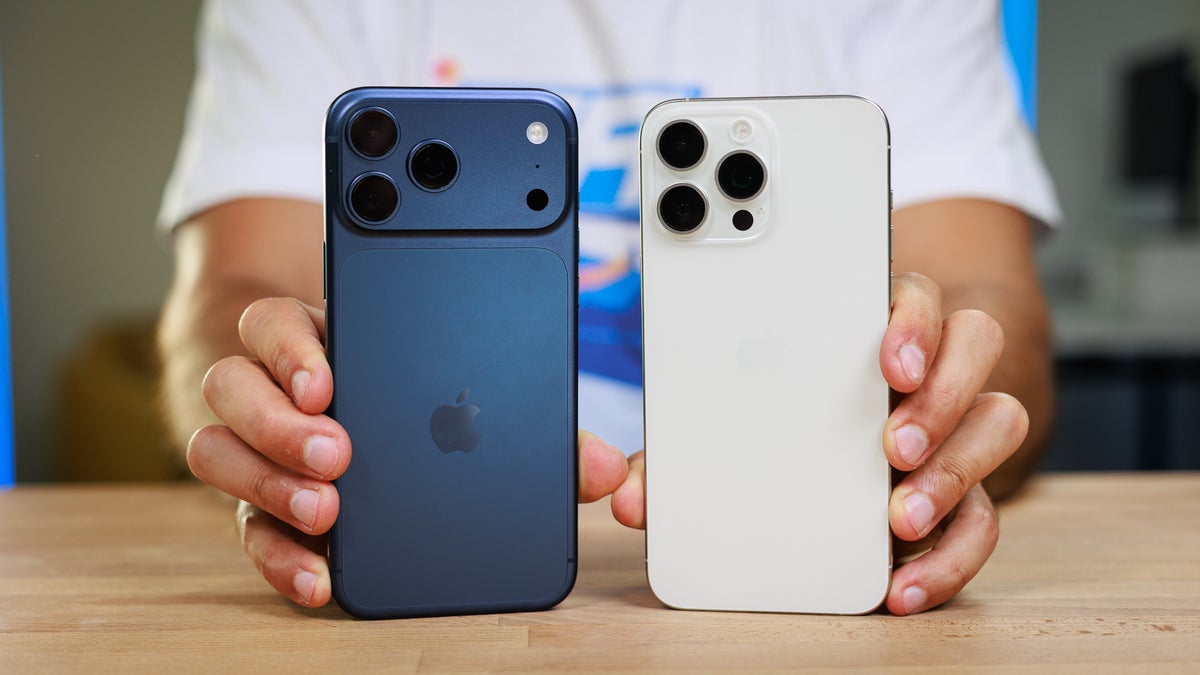
The latest best device in Apple's portfolio, the iPhone 17 Pro Max, has been around for a while, and it has truly set a new benchmark in what we consider an incremental release. Neither an upgrade nor a downgrade, essentially what many outlets are now calling a "sidegrade", the iPhone 17 Pro Max arrives with better performance, battery life, and a more capable camera but drops the ball in terms of design as it switches titanium for aluminum.
Two generations ago, we had a device that combined a super-premium titanium design with still fairly fast performance and decent battery life, and that one was the iPhone 15 Pro Max. Although it's not technically the latest and greatest, the iPhone 15 Pro Max still has what it takes to stand up to the newer iPhone, with more than a few reasons not to upgrade.
Explore more phone deals this Black Friday right here
Should you upgrade or not? If you've been using an iPhone 15 Pro Max for the past few years, you might genuinely consider upgrading to the iPhone 17 Pro Max, but does such a move even make sense?
Well, we put the two in the ring together and compared them pound-for-pound in order to come up with a straight answer to that question. We've also spent time with either one of those iPhones as daily drivers over time to better answer the question of whether you should upgrade or not.
iPhone 17 Pro Max vs iPhone 15 Pro Max differences:
| iPhone 17 Pro Max | iPhone 15 Pro Max |
|---|---|
| Design | |
| Heavier at 233 gr | Lighter at 221 grams |
| Taller at 163.4 mm | Shorter at 159.9 mm |
| Wider at 78 mm | Narrower at 76.7 mm |
| Thicker at 8.75 mm | Thinner at 8.25 mm |
| Two-tone aluminum frame | Single-tone titanium frame |
| Ceramic Shield 2 front, Ceramic Shield back | Ceramic Shield front |
| Silver, Cosmic Orange, Deep Blue colors | Black Titanium, White Titanium, Natural Titanium, Blue Titanium colors |
| Display | |
| 6.9" OLED with 1-120Hz ProMotion | Smaller 6.7-inch screen with 1-120Hz ProMotion |
| 3,000 nits of peak brightness | 2,000 nits of peak brightness |
| Anti-reflective properties | No anti-reflective properties |
| Performance | |
| Apple A19 Pro chipset, 3nm | Apple A17 Pro, 3nm |
| Vapor chamber cooling | No vapor chamber cooling |
| 12GB of RAM | 8GB of RAM |
| 2TB storage option | Maxes out at 1TB |
| Cameras | |
| 48MP F1.8 main camera | Same main camera |
| 48MP F2.2 ultrawide camera | 12MP F2.2 ultrawide camera |
| 48MP 4X telephoto with larger sensor | 12MP 5X telephoto with smaller sensor |
| 18MP Center Stage FaceTime camera with square sensor | Standard 12MP FaceTime camera |
| Battery | |
| Larger 5,088 mAh battery | Smaller 4,422 mAh battery |
| Up to 39 hours video playback | Up to 29 hours video playback |
| 40W wired charging: 50% in 20 minutes | 25W wired charging: 50% in 35 minutes |
| 25W MagSafe | Slower 15W MagSafe |
| Models | |
| 256GB base ($1,199) | 256GB base ($1,199 at launch) |
| Other | |
| Bluetooth 6 | Bluetooth 5.3 |
| Camera Control button | No Camera Control button |
Table of Contents:
Design and Size
A new look that is an acquired taste
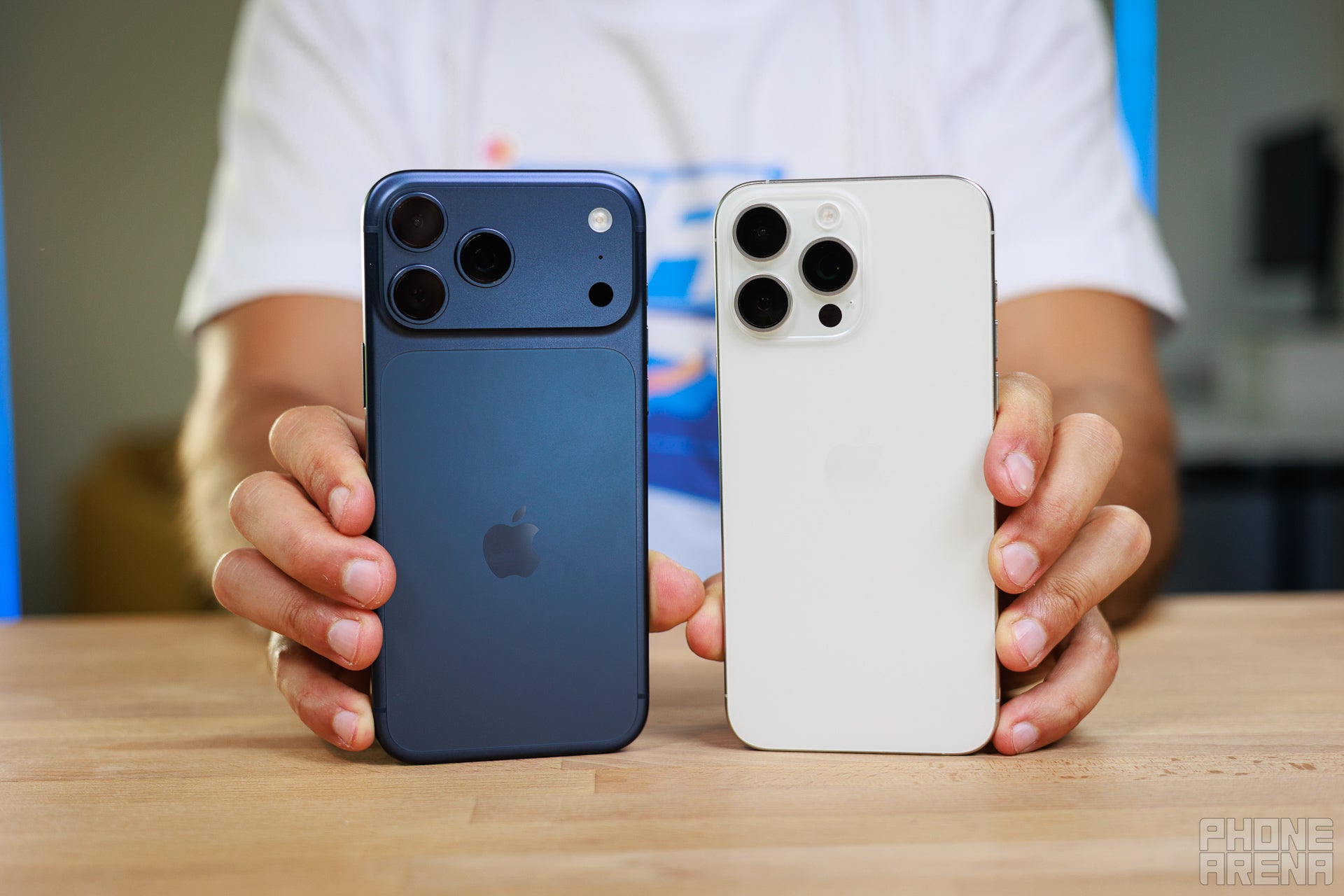
iPhone 17 Pro Max switches to an aluminum unibody
The main visual change with the iPhone 17 Pro Max is as plain as day: that giant new camera island on the back.
At the same time, the triangle-shaped triple camera system remains the same, so there is some design ccarryovertoo.
What's a major paradigm shift, though, is the return to aluminum for the iPhone 17 Pro Max's frame. Although that's cool in terms of thermal management, aluminum is notably softer and less durable than titanium or stainless steel, so durability has taken a slight nosedive.
It's just strange that Apple has changed course on this so quickly, after claiming that titanium was such a special and innovative material just a couple of years ago. In our experience with the iPhone 17 Pro Max, it turned out to be less durable than previous iPhone Pro Max models, getting easily damaged by even the slightest drops.
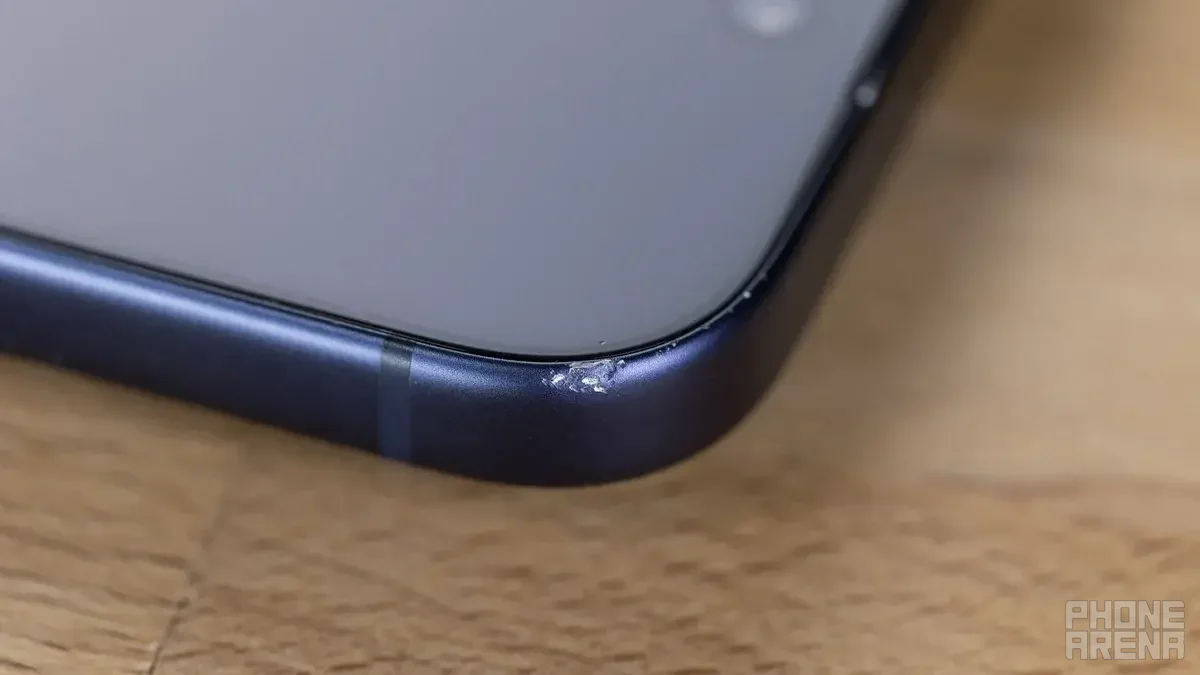
The iPhone 17 Pro Max is best used with a case on
Size-wise, the iPhone 17 Pro Max is just slightly bigger than the 15 Pro Max. The most notable change is a slight increase in thickness. At 8.75 mm, it's a hair thicker than the 8.25 mm 15 Pro Max. It's also nearly 5% heavier too, weighing 233 grams vs the 221 grams on the 15 Pro Max.
We only hope the larger camera island doesn't make the phone too top-heavy, which has definitely been the case with many high-end Android phones recently.
Other than that, the iPhone 17 Pro Max is mostly similar to the iPhone 15 Pro Max — same flat design language with a Dynamic Island notch up front, a Camera Control, and a customizable Action Button.
| iPhone 17 Pro Max | iPhone 15 Pro Max |
|---|---|
| Thickness 8.75 mm | Thickness 8.25 mm |
Meanwhile, the iPhone 15 Pro Max is largely the blueprint that shaped its successors in more ways than one. It was the first titanium iPhone, the first to adopt a USB-C port at the bottom, and also the first iPhone to ditch the iconic mute switch for a customizable Action Button.
In terms of colors, the 17 Pro Max brings color back. A new copper-like Cosmic Orange hue looks rather snazzy, and we also get a Deep Blue model. Certainly a welcome change over the fairly drab selection that the iPhone 15 Pro Max was available in: Black Titanium, White Titanium, Blue Titanium, and Natural Titanium colors.
However, it's a bit sad to see only three color options this year, as there is no true black version on the 17 Pro Max.
Display Differences
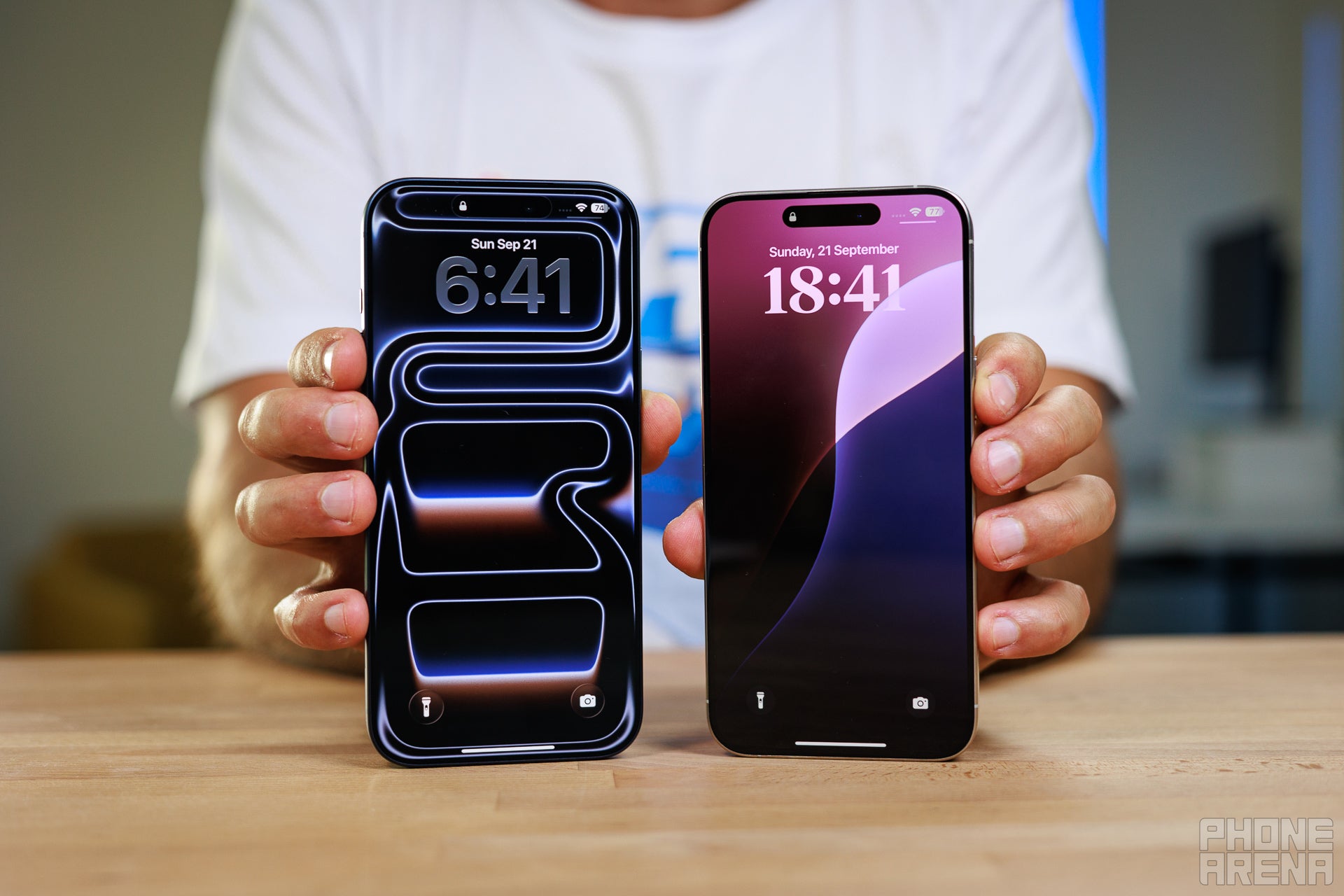
3,000 nits of peak brightness outdoors and less reflections
The iPhone 17 Pro Max features a 6.9-inch Liquid Retina XDR display with ProMotion that enables a smooth 120Hz refresh rate (essentially, same size as the 16 Pro Max). The 15 Pro Max features a slightly smaller, 6.7-inch screen, but with the same ProMotion refresh rate.
| iPhone 17 Pro Max | iPhone 15 Pro Max |
|---|---|
| Screen size 6.9-inch | Screen size 6.7-inch |
| Peak brightness 3,000 nits | Peak brightness 2,000 nits |
Display Measurements:
In our tests, the iPhone 17 Pro Max delivers significantly higher peak brightness, but the rest of the display specs are fairly comparable. You get a lovely display on either iPhone, that's for sure; it's just the newer one's superior brightness that will make the bigger difference.
Anti-reflective coating on iPhone 17 vs iPhone 16
Moreover, Apple has given us a screen that minimizes glare on the 17 Pro Max. This is a welcome improvement that boosts outdoor legibility.
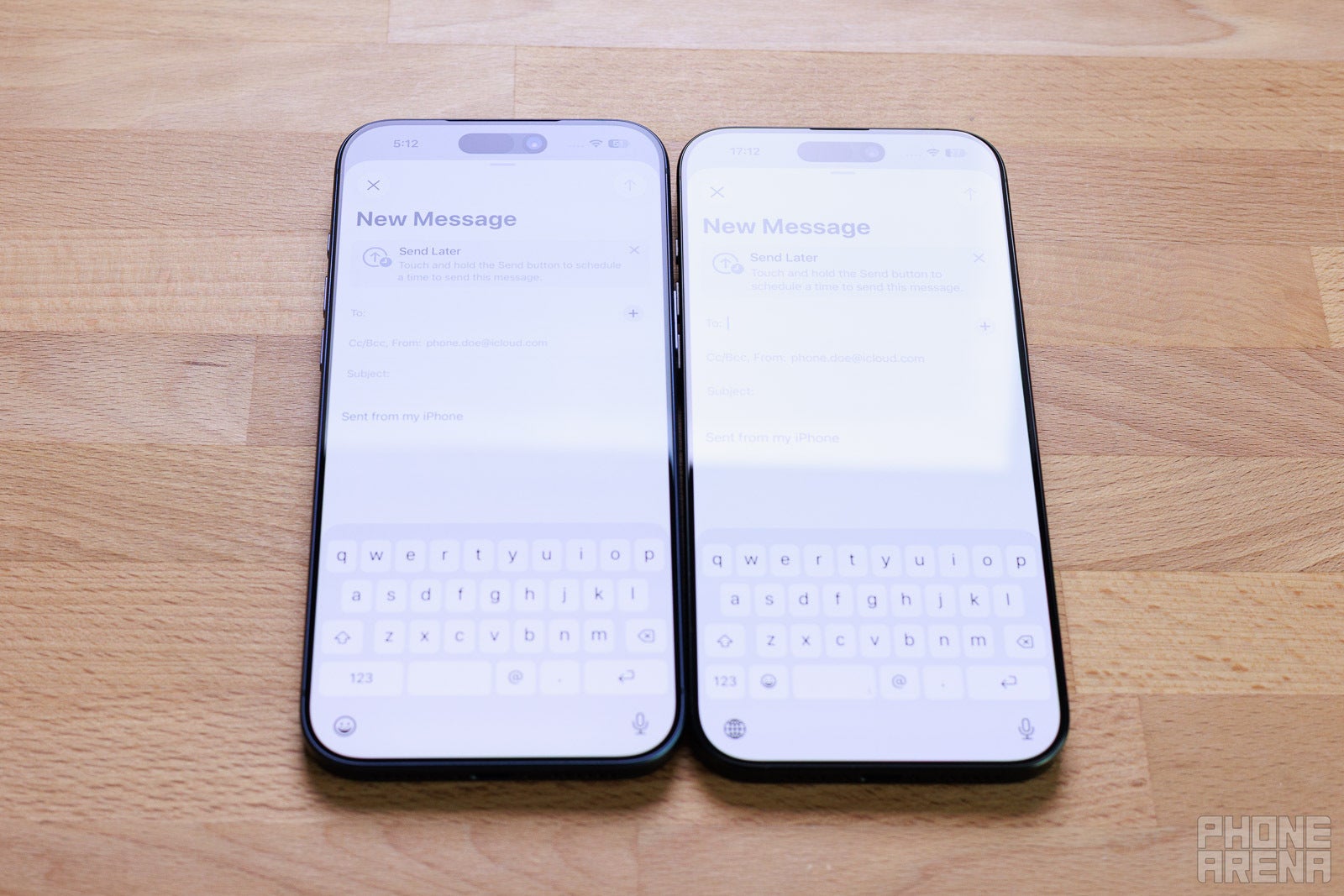
iPhone 17 Pro Max vs iPhone 16 Pro Max showcasing the slightly minimized glare
While this coating is not as strong as the anti-reflective screen on the Galaxy S25 Ultra, you can clearly see that it makes a difference in a direct comparison with the iPhone 16 series in these images from a hands-on video by YouTuber MrWhoseTheBoss.
The new Ceramic Shield 2 on the front of the 17 Pro Max is also a welcome addition, adding up to 3X better scratch resistance, according to Apple.
Performance and Software
The next chapter in performance for Apple

A19 Pro is faster in sustained loads and handles on-device AI better
It probably will come as no surprise that the iPhone 17 Pro Max is powered by the next mobile Apple chipset in line, the Apple A19 Pro.
We suppose that this is once again built on TSMC's 3nm manufacturing node, but one thing is for certain: it's an improvement over the A17 Pro that clicks and ticks inside the iPhone 15 Pro Max.
The latter was the first 3nm chipset used on an iPhone and actually the first 3nm chip on a mobile device.
| iPhone 17 Pro Max | iPhone 15 Pro Max |
|---|---|
| Chip Apple A19 Pro | Chip Apple A17 Pro |
| Node 3nm | Node 3nm |
| Memory 12GB | Memory 8GB |
CPU Performance Benchmarks:
Our benchmark results show a big jump in performance, namely a 34% faster single-core CPU performance and 44% faster multi-core CPU performance, which is an exceptional difference just two generations back.
GPU Performance
The same significant generational upgrade can be observed in our graphics tests, where the iPhone 17 Pro Max performs significantly better.
The iPhone 17 Pro Max features 12 GB of RAM for futureproofness' sake, whereas the iPhone 15 Pro Max boasts 8 GB of RAM. Both phones support Apple Intelligence equally, though (if only there was more of it, though).
The software of choice on both the iPhone 17 Pro Max and 15 Pro Max is iOS 26. It features a complete wardrobe change called "Liquid Glass," which is styled after visionOS' aesthetics and resembles, well, glass in a digital form.
For the truly adventurous, there’s a new "Clear Look" option that makes everything transparent, with a design language that harks back to Windows Vista.
The most exciting developments, however, are the ones that promise peace. A Call Screening feature will finally be deployed to battle telemarketers. Pixel users are laughing somewhere in the background, having had this feature for years.
Thankfully, many updates simplify the experience, perfect for the rest of us. The Camera app is being streamlined, hiding most modes by default. Apple is organizing the Photos app, after it decided to turn it into total chaos with the previous iOS update.
Live Translate is also coming to calls, which could be wonderful, or it could lead to me accidentally misinterpreting a $50 bill for a $500 one.
Camera
Gradual evolution in action
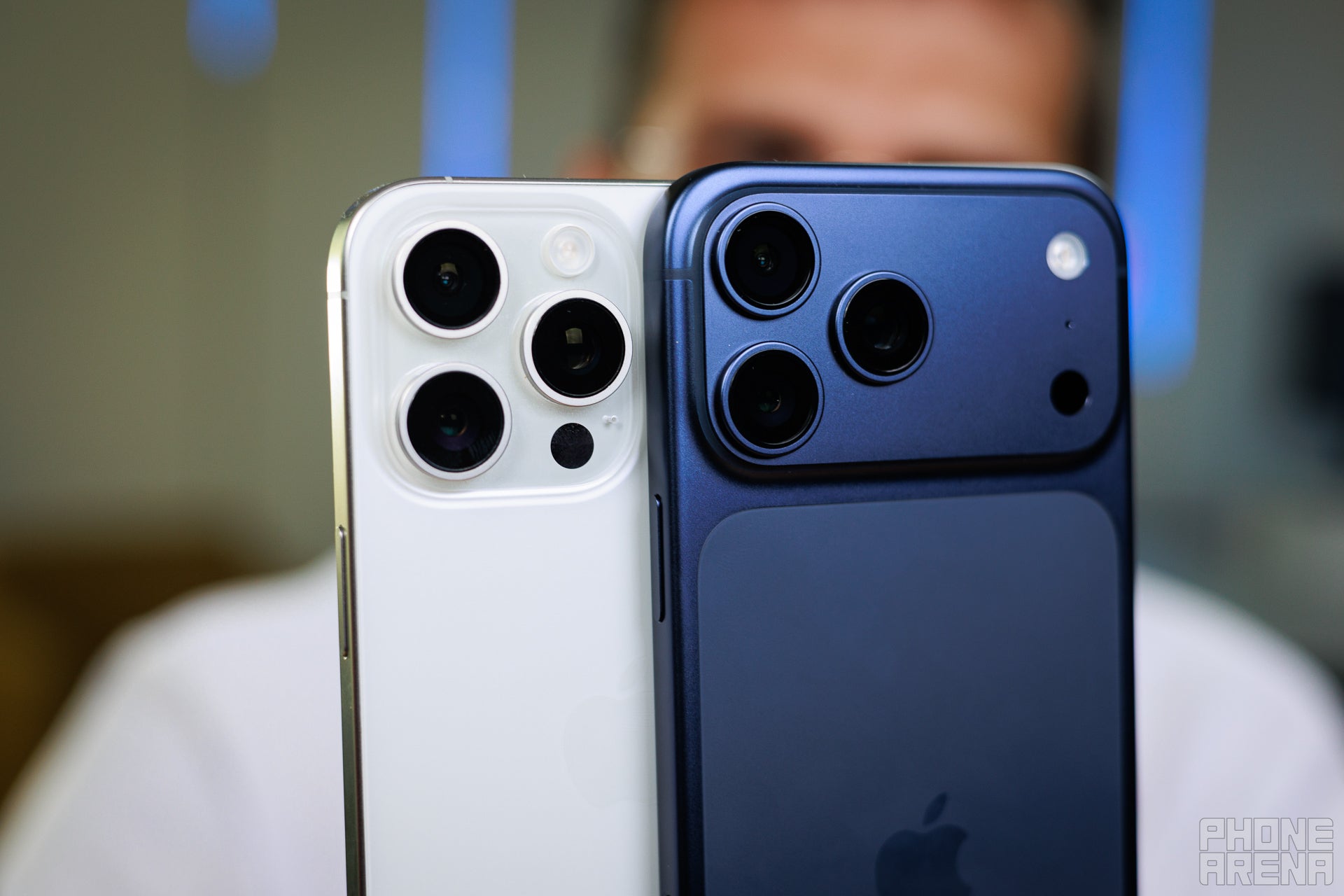
Higher quality zoomed photos
The iPhone 17 Pro Max features a triple camera system, like most of its predecessors. The 48MP main and utlrawide cameras are joined by a new and 56% larger 48MP periscope camera. This makes all cameras at the back 48MP troopers.
The new tetra-prism periscope camera now has a native 4X zoom (100mm), down from 5X (120mm) on the 15 Pro Max. That's actually great news, offering a bit more flexibility for portraits, as 5X is just a bit too zoomed in for many scenarios. The new sensor is a 1/2.55-inch one, some 56% larger than the one on the previous model.
As it now features a 48MP sensor, we get sensor cropping on the telephoto as well, enabling lossless quality 8X zoom (200mm equivalent).
That helps the iPhone 17 Pro Max join the long-zooming phones out there, and we are very curious to test these new cameras against quickly evolving Android rivals.
And here is a comparison of the camera specs:
| iPhone 17 Pro Max | iPhone 15 Pro Max |
|---|---|
| Main 48MP F1.8 | Main 48MP F1.8 |
| Ultrawide 48MP F2.2 | Ultrawide 12MP F2.2 |
| Periscope 48MP F2.8 4X | Periscope 12MP F 2.8 5X |
| Front 18MP | Front 12MP |
We also get a new 18MP FaceTime camera, a long anticipated upgrade over the 12MP FaceTime camera that has been at the front of iPhones for years.
This new camera uses a square sensor rather than a traditional 4:3 aspect ratio sensor. This allows you to capture landscape photos from a vertical orientation, a very cool party trick that has significant real-world benefits.
This new camera uses a square sensor rather than a traditional 4:3 aspect ratio sensor. This allows you to capture landscape photos from a vertical orientation, a very cool party trick that has significant real-world benefits.
As for the iPhone 15 Pro Max, it has an 48MP wide camera, but the ultrawide and telephoto lens are both 12MP ones.
The 15 Pro Max also does not have a Camera Control button.
PhoneArena Camera Score:
The iPhone 17 Pro Max has a better camera as per our custom camera test, where it edges past the iPhone 15 Pro Max with a significantly higher result thanks to its better main, zoom, and selfie cameras, as well as more competent video recording.
Main camera
Generally, we can see better dynamic range, details, and colors truer-to-real-life with the iPhone 17 Pro Max in good lighting conditions.
At night, the dynamic range is slightly better, with a bit more detail resolved in the shadows with the newer iPhone.
Zoom quality
The iPhone 15 Pro Max appears sharper here, due to the longer zoom and the lower resolution, which has forced Apple to apply some serious overprocessing. The iPhone 17 Pro Max might appear less detailed, but it has greater potential for post-processing.
Ultrawide
No major differences in the ultrawide shots, aside from the richer contrast on the newer iPhone.
Selfie
The highlight of the iPhone 17 Pro Max's front camera is its square camera sensor, which lets you capture landscape or portrait photos no matter how you hold your iPhone 17 Pro Max. The quality, however, is comparable to older models, aside from the slight increase in sharpness.
Video Quality

Additionally, the iPhone 17 Pro Max now supports Dual Capture, with both the front and rear cameras recording simultaneously. That's something that has been available on many Android phones for over a decade now, but it's still nice seeing it on an iPhone.
Additionally, the iPhone 17 Pro Max supports 4K@120fps and also supports ProRes and ProRAW, two very niche use cases for only the most devoted pro users. The video quality is better on the iPhone 17 Pro Max, but the differences are mostly marginal, as the iPhone 15 Pro Max already shot pretty decent video, all things considered.
Audio and haptics
In terms of audio, we are surprised to notice that the iPhone 17 Pro Max sounds slightly quieter and thinner in comparison with the iPhone 16 Pro Max.
It still sounds rich, detailed, and wide, but last year's top iPhone had that extra bit of oomph that made it pop out.
In the same vein, the Pixel 10 Pro XL also sounds excellent, with a rich and boomy sound, and it gets slightly louder than the iPhone 17 Pro Max. Definitely Google's year when it comes to audio presentation.
In terms of haptics, both phones perform excellently, delivering strong and precise vibrations.
Battery Life and Charging
Now that's a welcome improvement
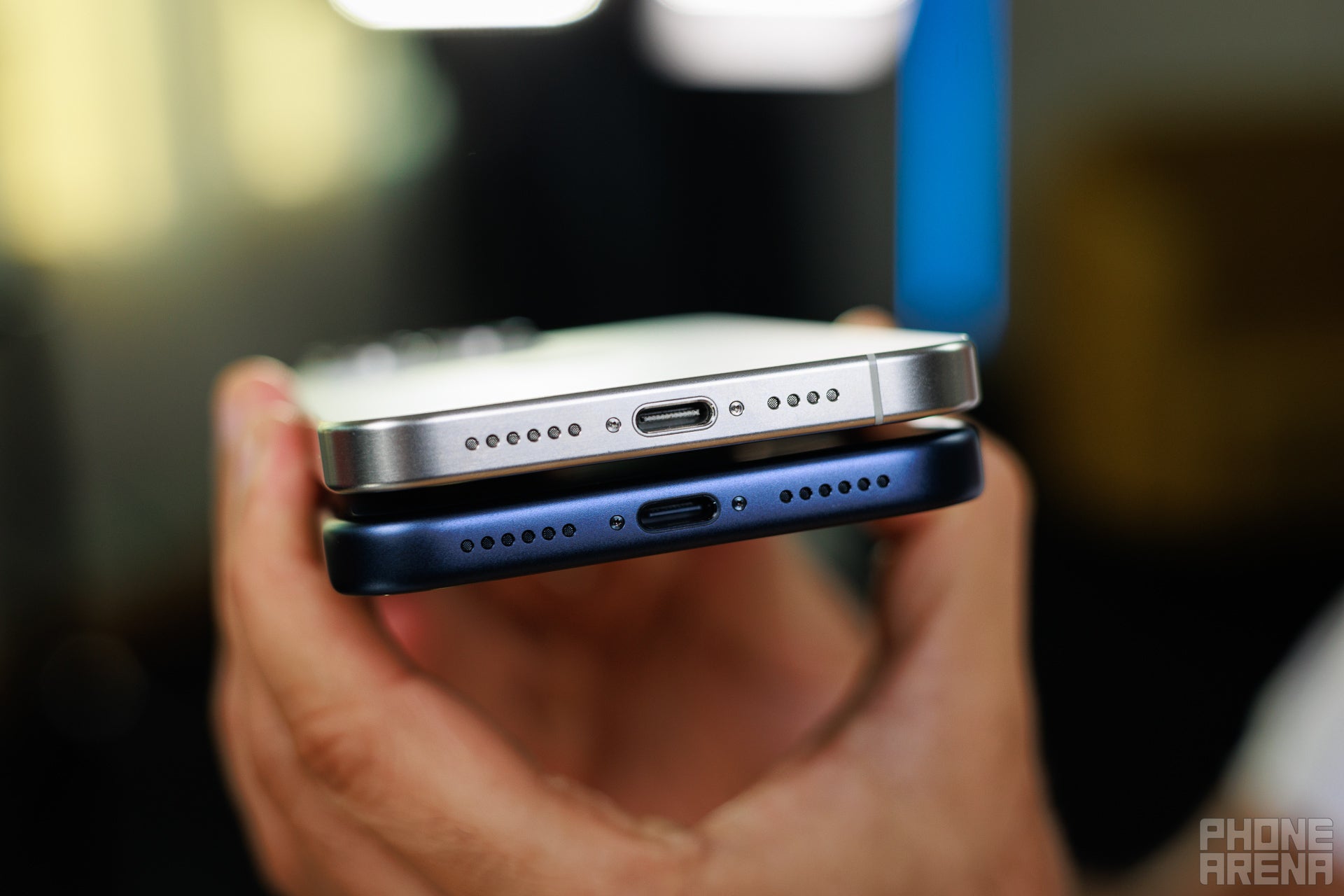
The new iPhone lasts longer and charges faster
Apple's iPhones are on an upwards trajectory when it comes to battery size and endurance. Last year's iPhone 16 Pro Max featured a large 4,685mAh battery, and the iPhone 15 Pro Max from a year earlier, featured a 4,422mAh battery. Well, this year we get a 5,088 mAh battery, the largest by far on a modern iPhone.
| iPhone 17 Pro Max | iPhone 15 Pro Max |
|---|---|
| Battery size 5,088 mAh | Battery size 4,422mAh |
Battery Life: 39 hours video playback 35 hours video streaming | Battery Life: 33 hours video playback 30 hours video streaming |
| Wired charging 40W | Wired charging 25W |
| Wireless charging 25W | Wireless charging 15W |
PhoneArena Battery and Charging Test Results:
In the PhoneArena battery life test, however, the two phones deliver mostly comparable overall battery life. The newer phone performs better in web browsing, but the iPhone 15 Pro Max evens things out in the gaming and video streaming tests.
We are also incredibly excited to see support for faster wired charging. The iPhone 15 Pro Max could only charge at about 25W rates, while the 17 Pro Max hits 40W charging speeds with a wire.
This means you can get up to 50% charge in just 20 minutes, a task that took 35 minutes previously.
Wireless charging speeds via MagSafe are 25W on the 17 Pro Max, again much faster than the 15W MagSafe on the 15 Pro Max.
Audio & haptics
In terms of audio experience, the iPhone 17 Pro Max and the iPhone 15 Pro Max sound pretty much identical, with very rich and boomy sound that delivers strong bass and very detailed mids as well. The iPhone 16 Pro Max sounds just a smidgen better than either of those two iPhones, but neither will disappoint.
Haptics are great on both, as is typical for Apple. The Taptic Engine inside the devices produces strong but accurate vibrations that make it a joy to be experienced in real life.
Specs Comparison
Here is how the iPhone 17 Pro Max specs compare against the iPhone 15 Pro Max.
| iPhone 17 Pro Max | iPhone 15 Pro Max |
|---|---|
| Size, weight 163.4 x 78 x 8.75 mm 233 grams | Size, weight 159.9 x 76.7 x 8.25 mm 221 grams |
| Screen 6.9" OLED 120Hz ProMotion 3000 nits peak brightness | Screen 6.7" OLED 120Hz ProMotion 2000 nits peak brightness |
| Processor A19 Pro 3nm | Processor A17 Pro 3nm |
| Versions: 12GB/256GB 12GB/512GB 12GB/1TB 12GB/2TB LPDDR5 | Versions: 8/256GB 8/512GB 8/1TB - LPDDR5 |
| Cameras: 48MP main 48MP ultra 48MP 4X zoom 18MP front | Cameras: 48MP main 12MP ultra 12MP 5X zoom 12MP front |
| Battery: 5,088 mAh | Battery: 4,422 mAh |
| Charging: USB-C 40W wired 25W MagSafe 2.0 | Charging: USB-C 25W wired 15W MagSafe |
Summary
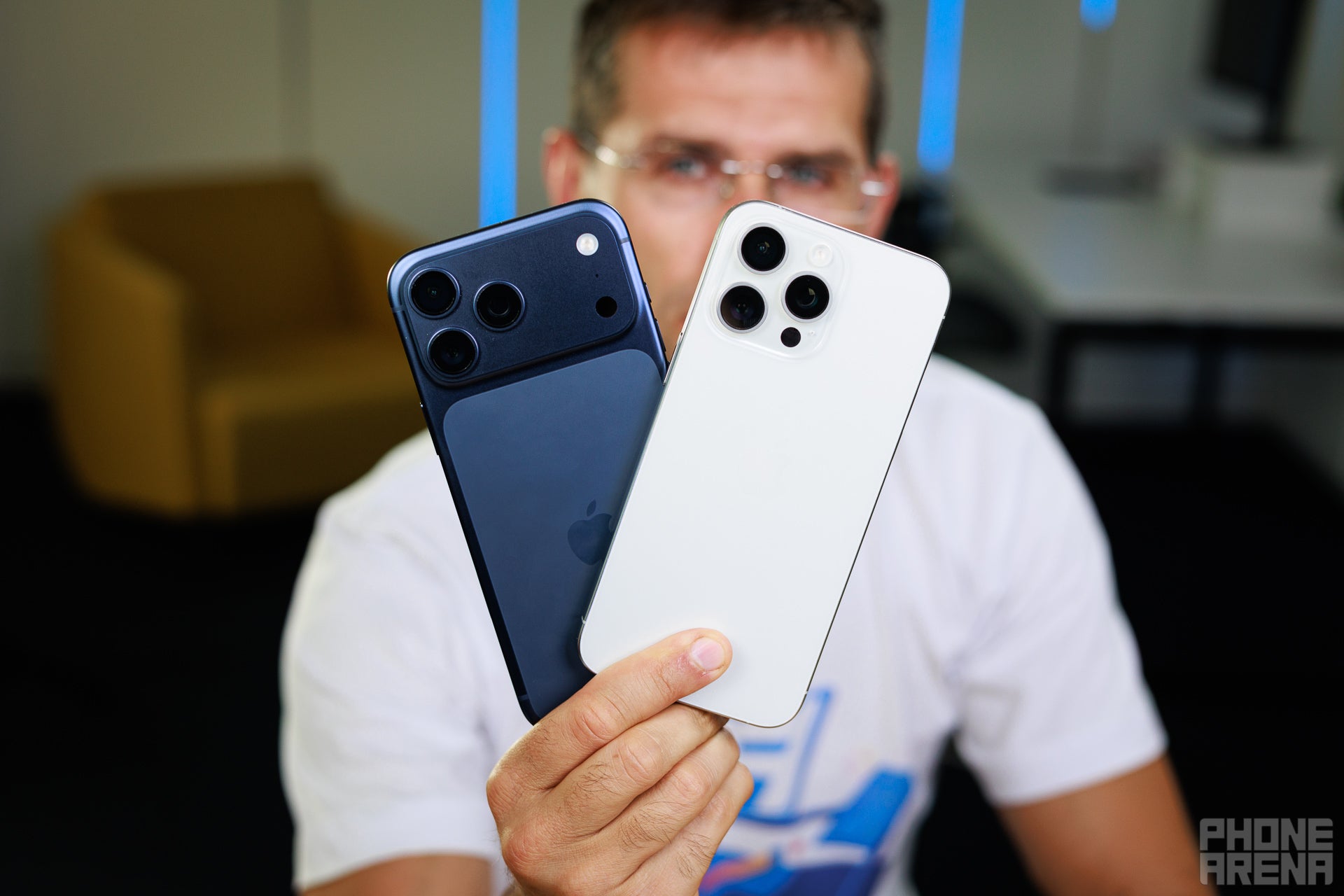
The iPhone 17 Pro Max is undoubtedly the best iPhone available right now. It packs the best hardware and delivers the ultimate iPhone experience, so if you're jumping into the Apple ecosystem right now, getting one is a no-brainer.
You will get the best battery life on an iPhone ever, the fastest charging, the best performance, and a camera that's way more versatile than previous iPhones.
However, should you upgrade to the iPhone 17 Pro Max if you're already using the iPhone 15 Pro Max? It's challenging to give a clear-cut answer here, because as tempted as we are to say that you should skip this upgrade, the reality is that some of you might greatly benefit from the extra improvements here.
Overall, we still feel that the iPhone 15 Pro Max is perfectly capable and holding its own beautifully against the newer device. Sure, the performance and battery life might be slightly worse in comparison, but we get a more premium build with the iPhone 15 Pro Max.
If anything, it doesn't feel as if you're losing much if you stick with the iPhone 15 Pro Max for yet another year.
Follow us on Google News

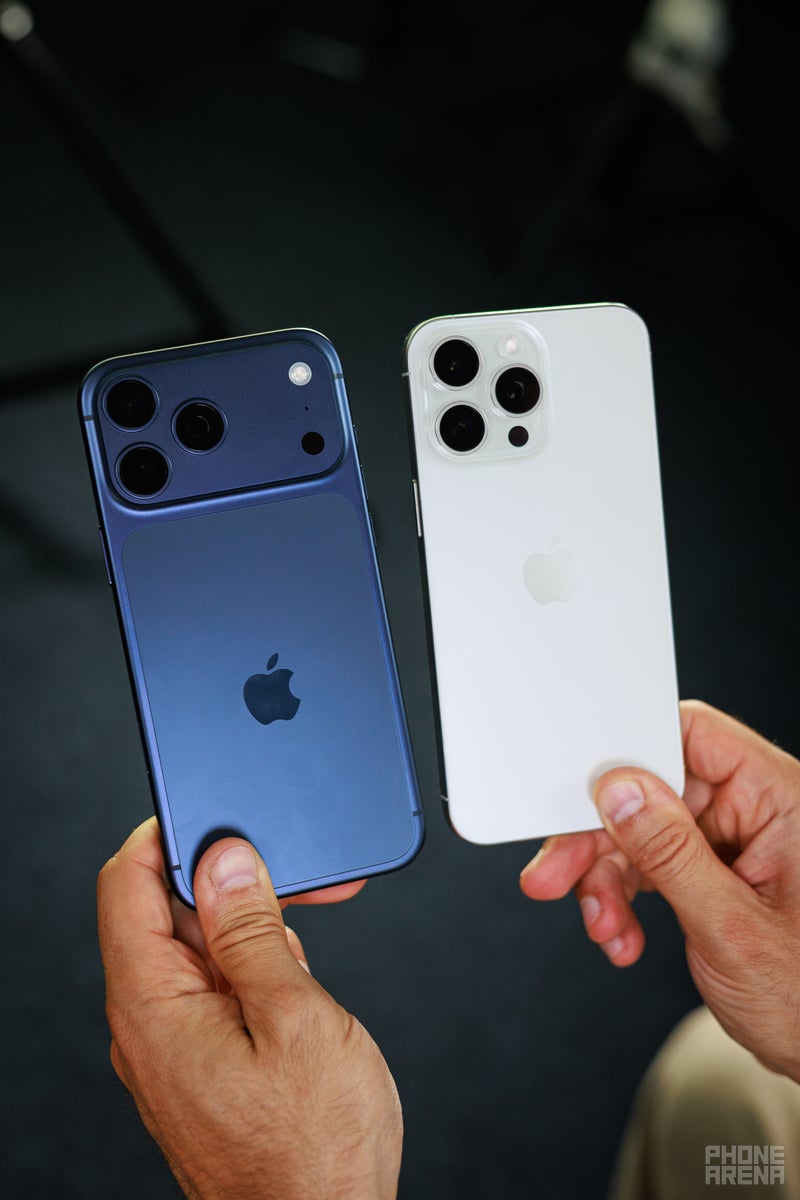
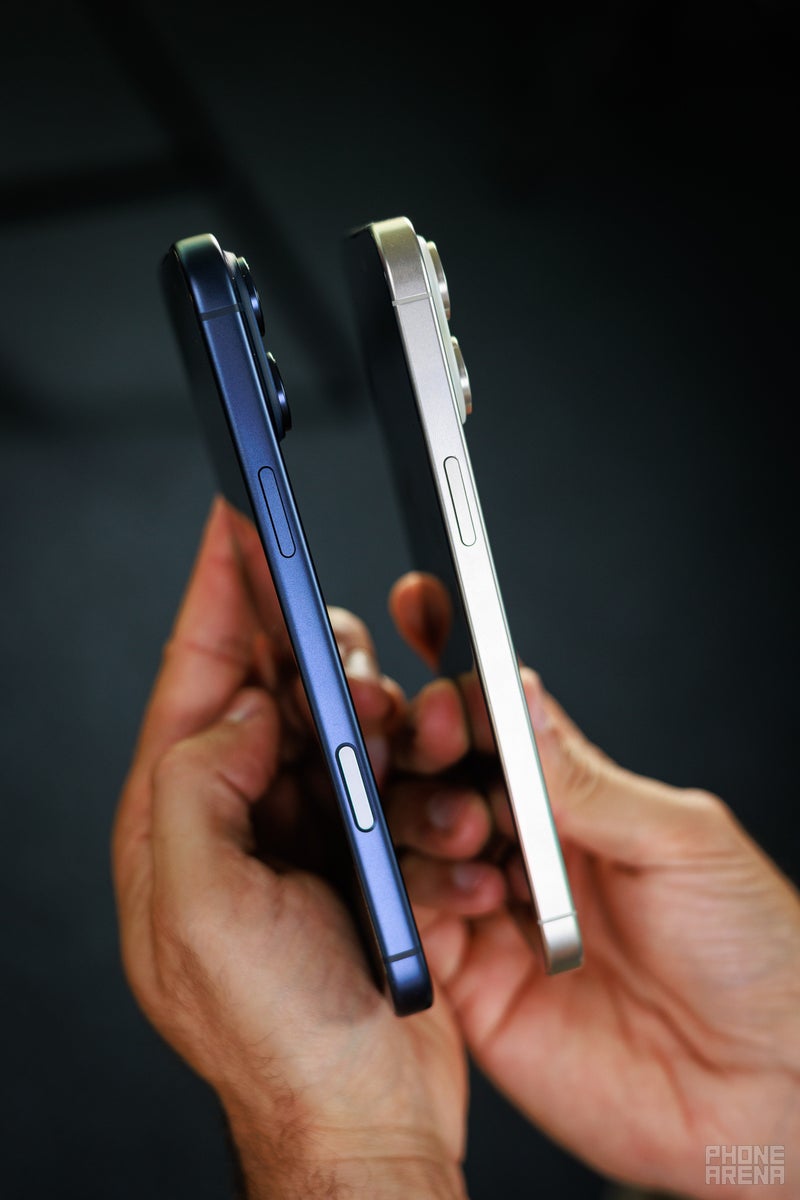
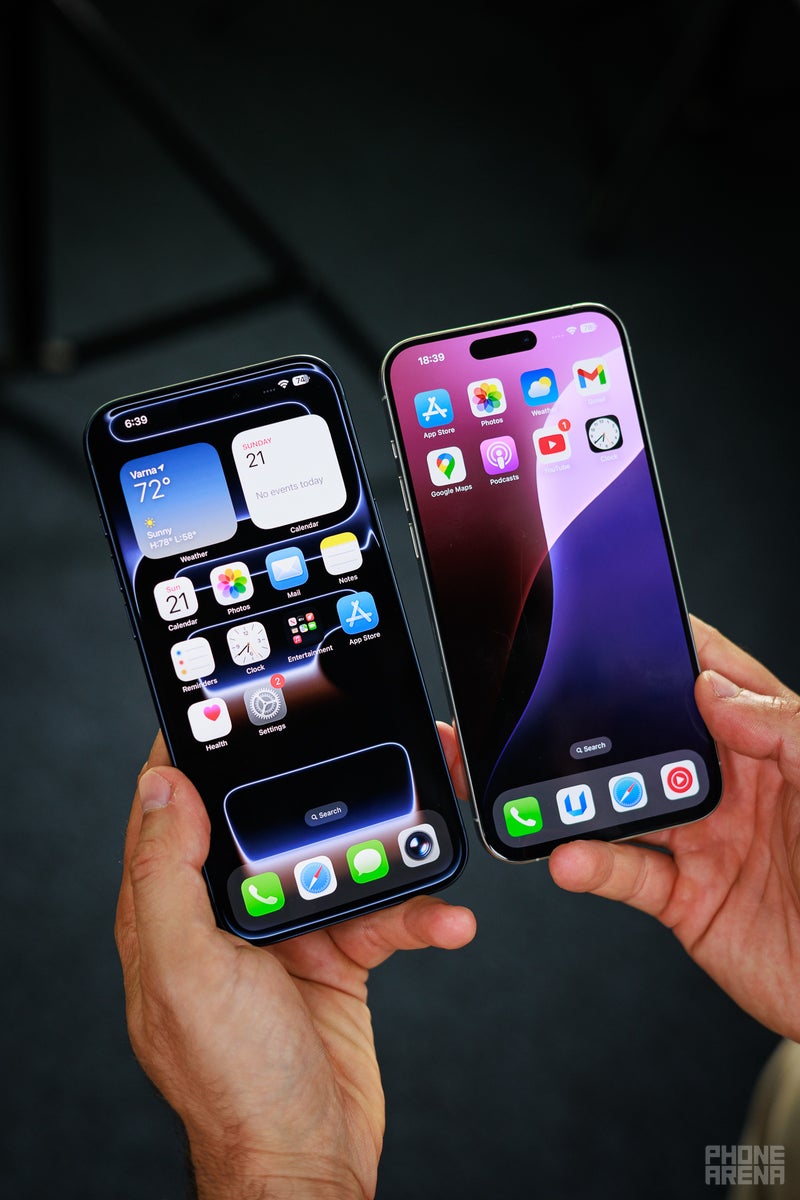

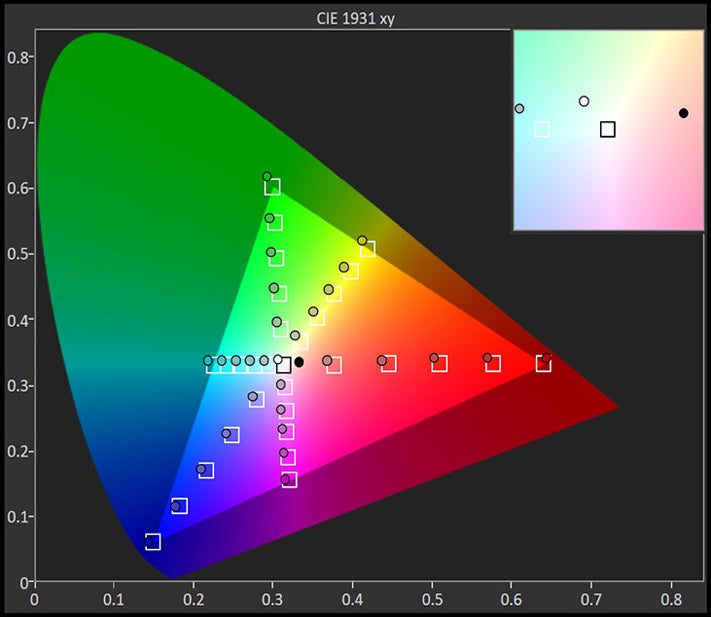





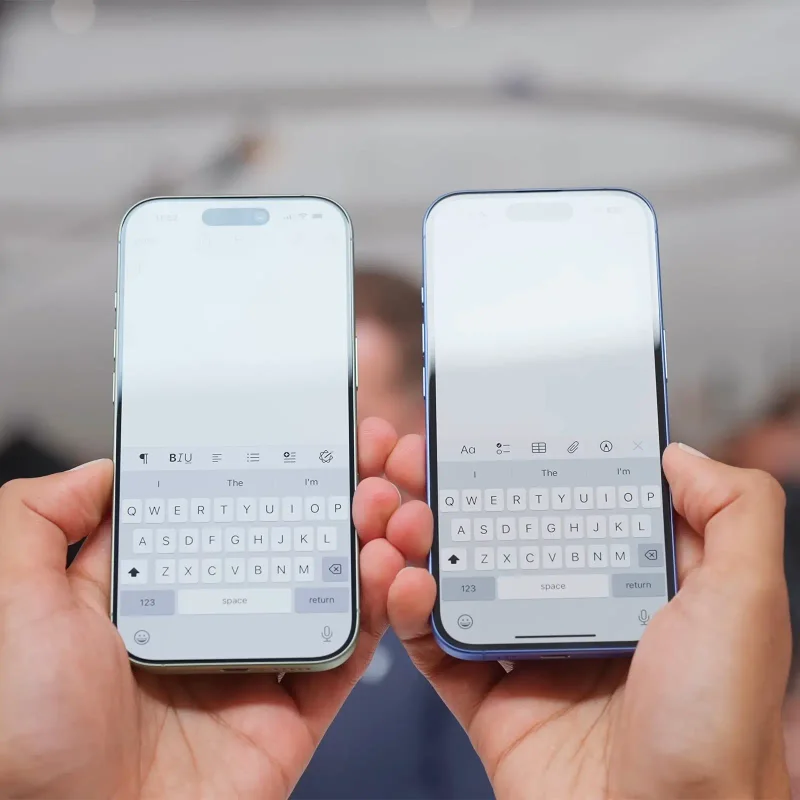
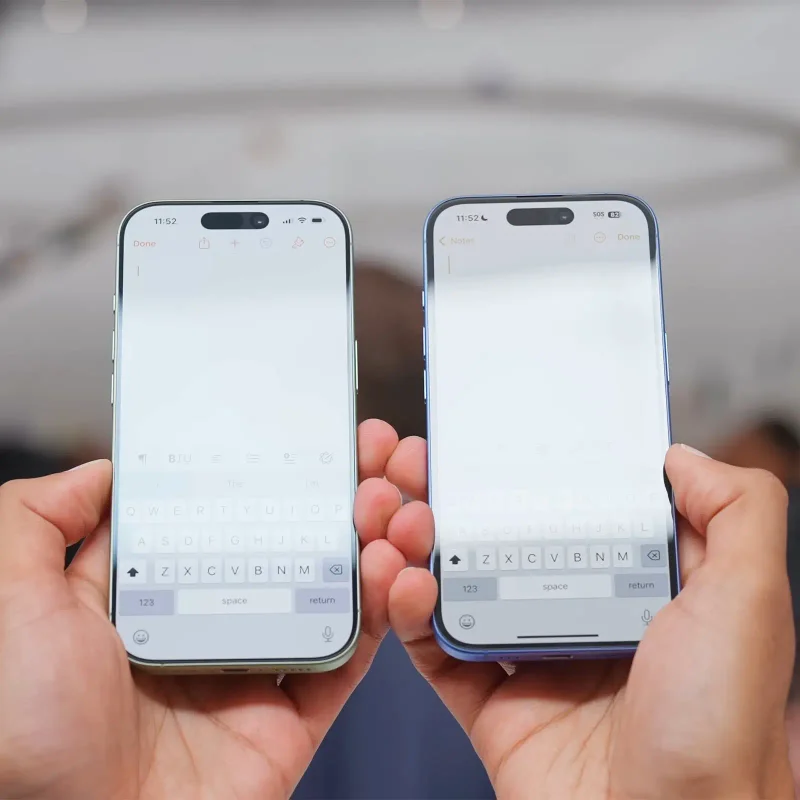
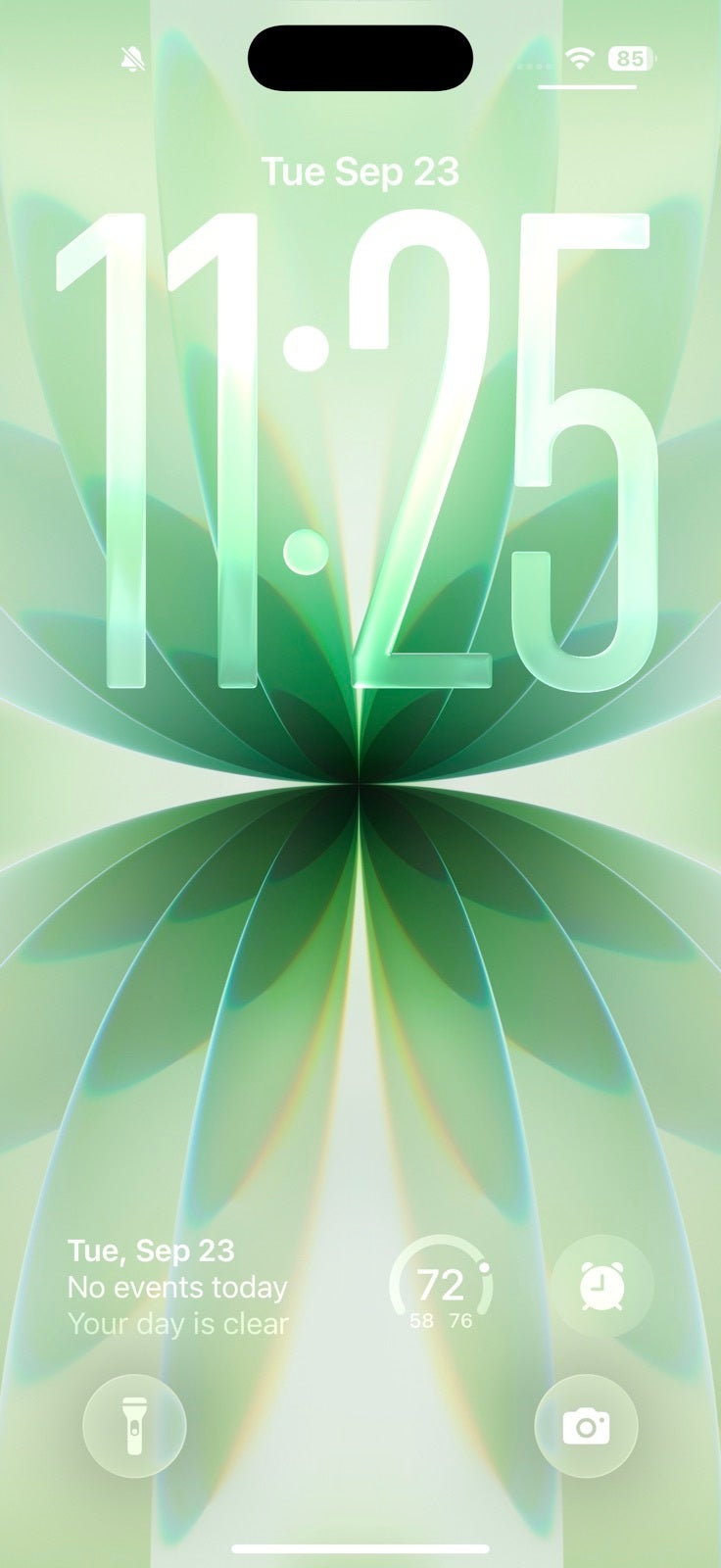
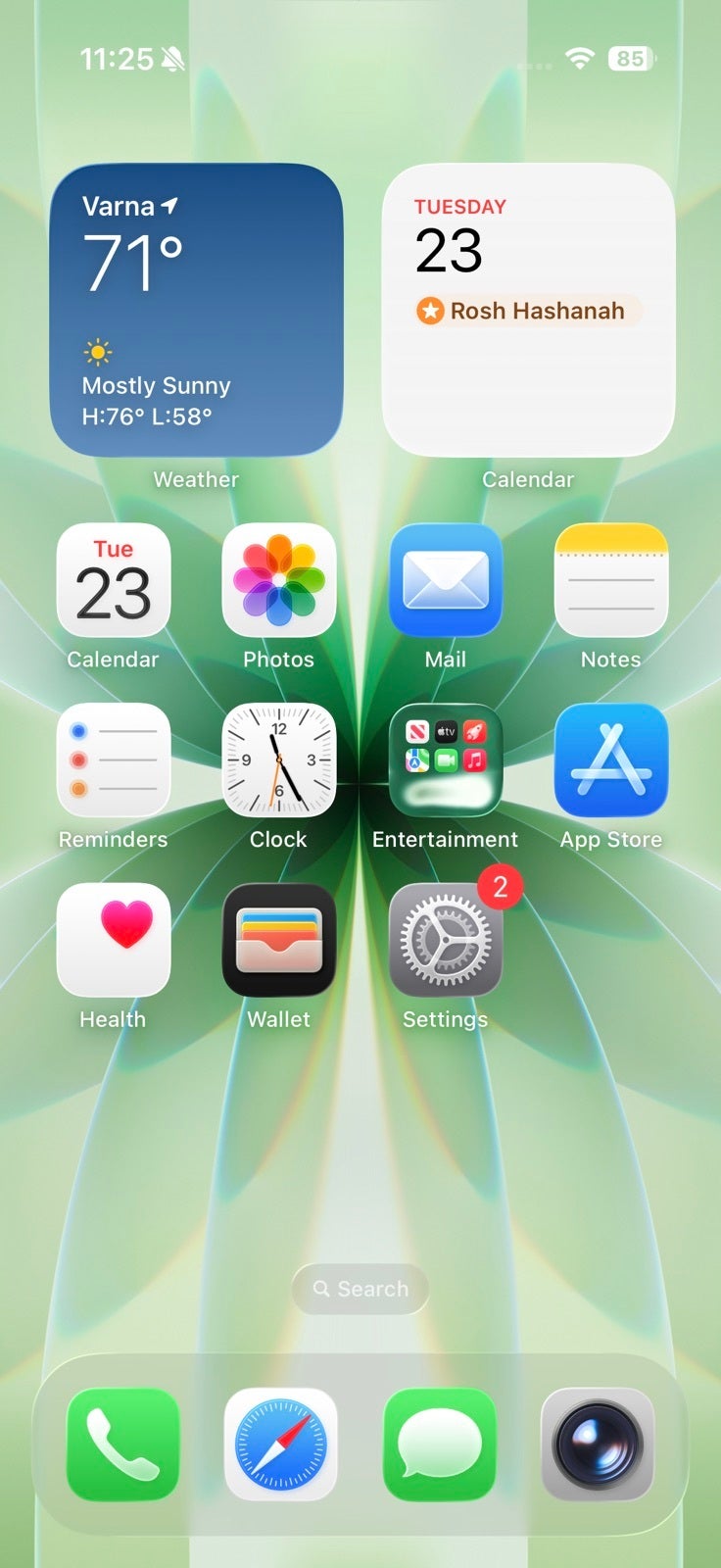
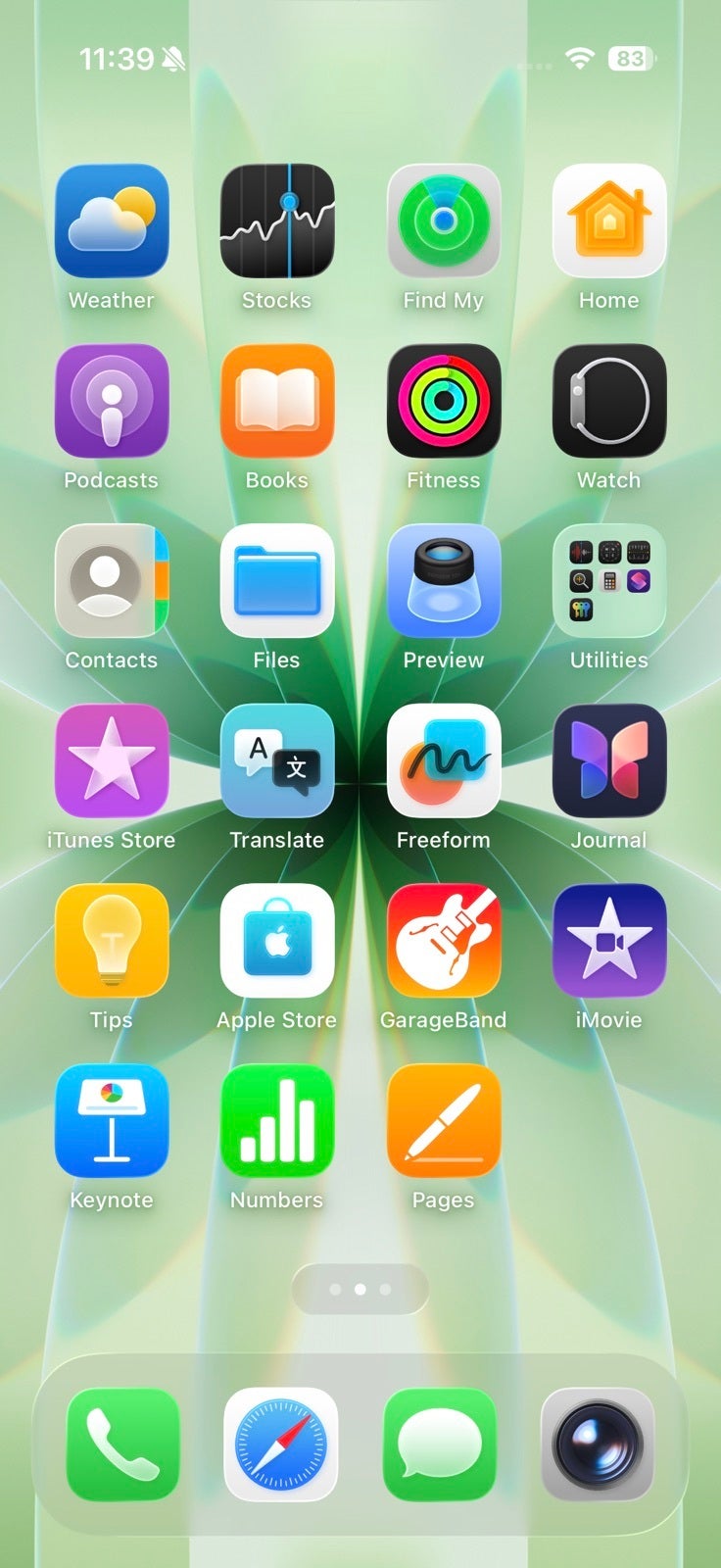
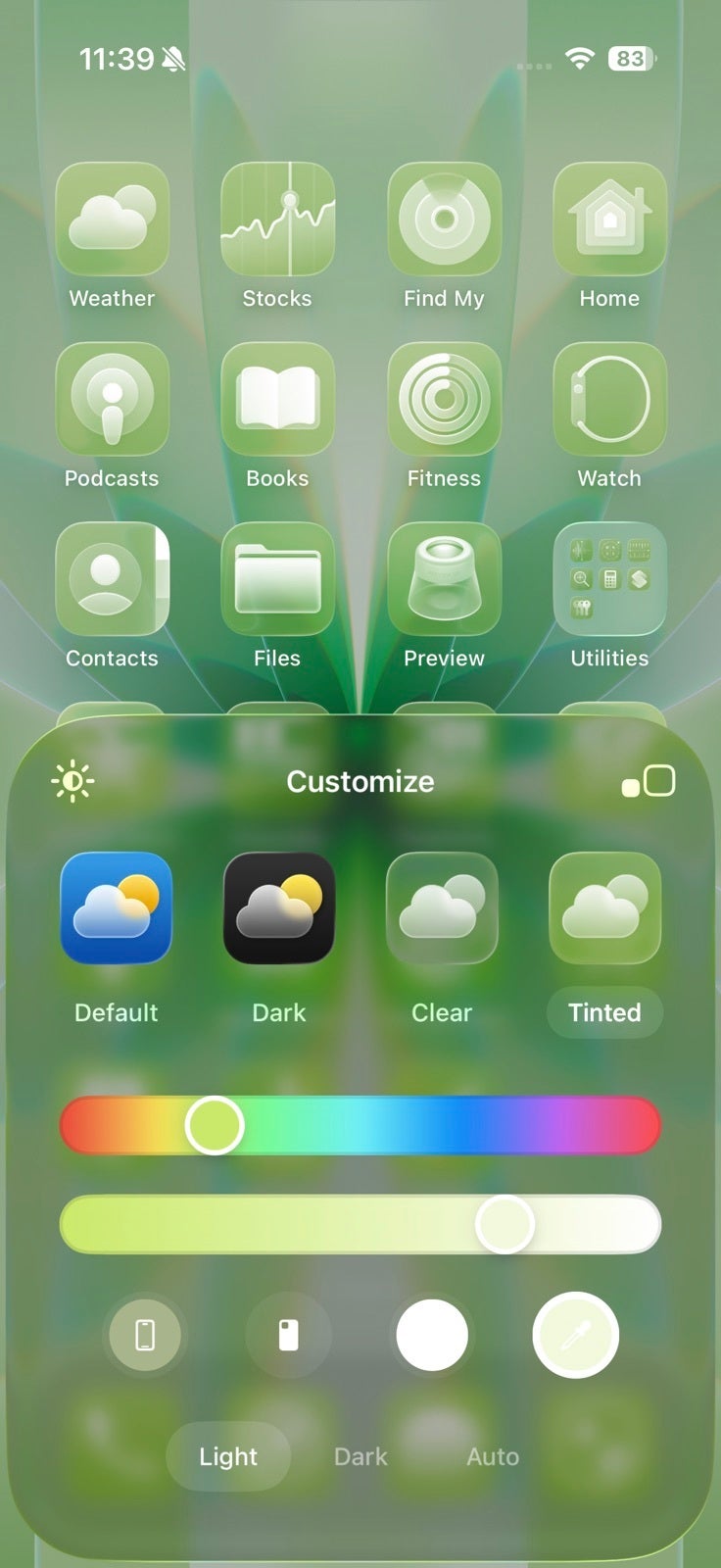











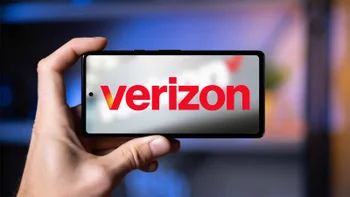

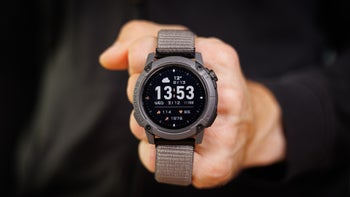
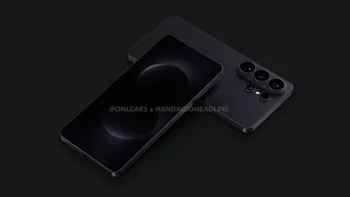

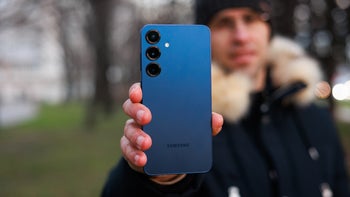
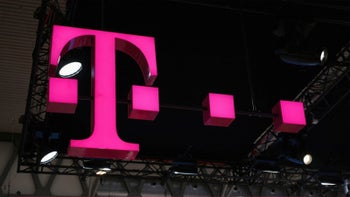

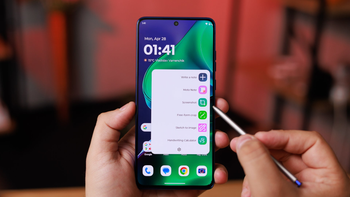
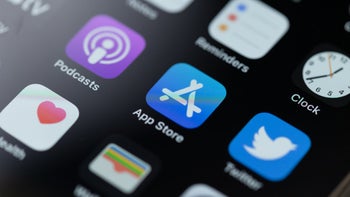

Things that are NOT allowed:
To help keep our community safe and free from spam, we apply temporary limits to newly created accounts: